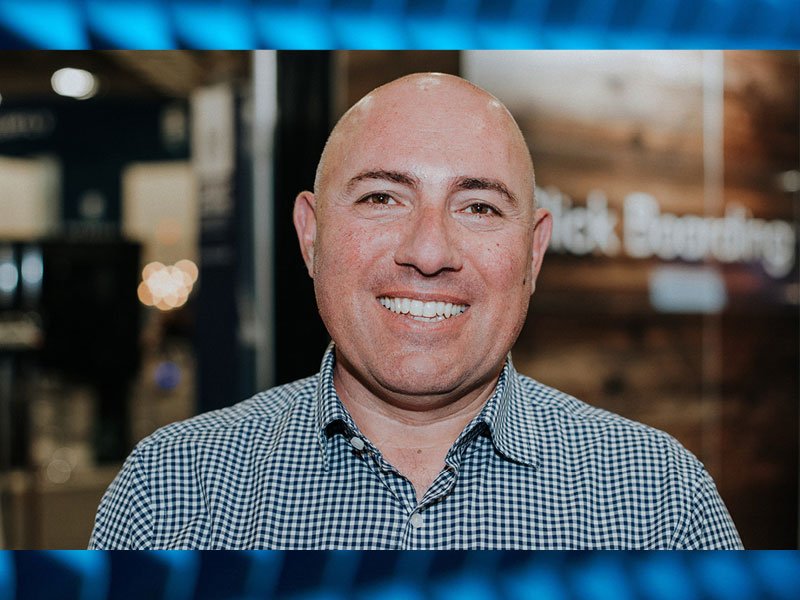The concept of the circular economy has now been around for more than 30 years. It first emerged as part of an effort to incorporate recycling into the broader economy in an effort to stem the extreme wastage from increased consumption.
The idea in this sense is now well and truly in the mainstream, as evidenced by the yellow bins out the front of every house in Australia.
But this covers the circular economy only in a very basic sense, and is not adequate for moving forward effectively and efficiently.
In this episode of the Commercial Disco podcast, Circulist founder Nick Gonios told InnovationAus’ James Riley that this is version one of the circular economy, and is akin to putting “green lipstick on a pig”. Now is the time to transform this concept in Australia into the true circular economy, Mr Gonios said.
“True circular economy needs to be under the circular operating system, where we eliminate recycling, we use the right to repair to extend product life and really shift towards a new operating model where we actually go after dealing with the problem and shifting away from being a theoretical thing that we have a hard time dealing with,” Mr Gonios said.

“We should always try to mimic nature and regenerate nature by decoupling economic activity from the consumption of these finite resources. At the core of circularity is extending the life of products and reusing materials, and not continuing to produce more products.”
This true form of the circular economy is picking up steam at a grassroots level, but is yet to really hit the mainstream.
There have been positive signs from the new federal government, with the Circular Economy Ministerial Advisory Group meeting for the first time last month. Environment Minister Tanya Plibersek also signaled a shift towards this new and improved form of the circular economy.
“A circular economy is more than just better recycling systems. It’s about designing out waste from the start,” Ms Plibersek said earlier this year.
“Making sure that new products are designed to last longer, to be reused and repaired, and able to have all parts recyclable at the end of the product’s life.”
But it’s important that Australian businesses don’t wait for the government to make further regulations to legally enforce elements of the circular economy, Mr Gonios said.
“Most organisations, businesses and governments should not be waiting for regulation. We will need to be at the forefront of driving change proactively with new businesses and new ideas and new operating approaches,” he said.
A transformation into a true circular economy would require a reduction in manufacturing, production and recycling capability in favour of truly sustainable products.
One issue holding back the growth of the circular economy is a lack of funding for mid-market companies to transform their operations.
“The existing banking sector and our finance sector does not enable an easy sort of transition pathway and that means the products, from a financial point of view, can’t exist for mid-market manufacturing companies,” he said.
There also needs to be a wider effort in supporting and educating designers and engineers in the ways of the circular economy, he said.
“What [industrial designers] realise after talking with us and unpacking the challenges around circularity is that what they do is create waste in the world every day because of the inefficiencies and challenges that we have with the infrastructure that is available to them that they need to produce more circular products,” Mr Gonios said.
Australia should look to Europe for these policy settings, with that region leading the way in terms of the circular economy thanks to a regulatory compliance-driven approach, Mr Gonios said.
“The Europeans have actually done an amazing job in innovating in this space and aligning circular finance with circular transition,” he said.
Do you know more? Contact James Riley via Email.
